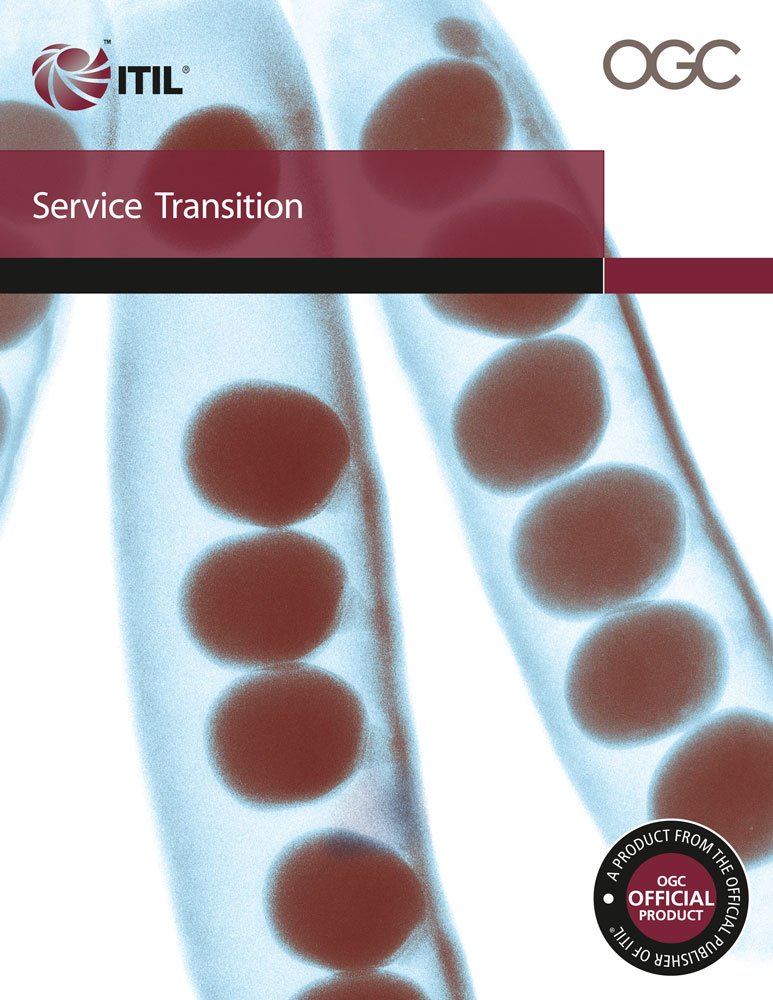ITIL® Service Transition (ST)
You Will Learn How To:
Prepare for and pass the ITIL Service Transition (ST) Exam.
Outline key activities for ST processes.
Enhance the quality of IT service provision within an organization.
Manage people through service transitions.
Measure ST using critical success factors and key performance indicators.
Workshop Activities Include:
Matching ST terms and definitions.
Assessing and evaluating the impact of changes.
Applying service transition principles.
Evaluating technology and implementation considerations for ST.
Analyzing implementation approaches for service transition activities.
Daily review sessions and exam practice.
Important Course Information:
Pre-course reading required.
Approximately 1 hour of home study each evening.
Course tuition includes the ITIL Intermediate Qualification: Service Transition Certification Exam, as well as overview maps that illustrate the ITIL lifecycle stages, serving to reinforce key concepts and functioning as valuable reference tools.
The ITIL Foundation Certificate is required to attend this course and take the ITIL Certification Exam on the final day.
Who Should Attend:
This course is valuable for those who want to achieve the ITIL Intermediate Qualification: Service Transition Certificate. The ITIL Foundation Certificate is required to attend this course and to take the ITIL Intermediate Service Transition exam on the final day.
Training Hours:
Days 1 – 3 Course Hours:
8:30 a.m. – 4:00 p.m.
Four 10-minute breaks
60-minute lunch
Day 4 Course Hours:
8:30 a.m. – 2:30 p.m.
Two 10-minute breaks
60-minute lunch
Course Exam* 1:00 p.m. – 2:30 p.m.
Course Content:
ITIL Service Transition Introduction and Overview:
Purpose and objectives
Linking service transition to other ITIL lifecycle stages
How service transition creates business value
Service transition principles: the concept of service and the role of utilities and warranties
Key Principles of Service Transition:
Establishing a formal policy and common framework for implementation of all required changes
Supporting knowledge transfer, decision support and the reuse of processes, systems and other elements
Anticipating and managing course corrections
Ensuring involvement of service transition requirements throughout the lifecycle
Optimizing service transition performance and typical metrics that can be used
Primary ITIL Processes within Service Transition:
Change management
Managing changes in a controlled and consistent manner with minimum disruption
Maintaining standardized methods for efficient and prompt handling of all changes
Acknowledging and reducing business risk
Service asset and configuration management
Identifying, controlling and accounting for service assets and CIs
Recording all changes in the configuration management system
Knowledge management
Enabling informed decision-making with a service knowledge management system
The Data-to-Information-to-Knowledge-to-Wisdom structure
Release and deployment management
Assembling and positioning all aspects of services into production
Establishing effective use of new or changed services
Delivering changes at optimized speed, risk and cost
Other considerations
Transition planning and support
Service validation and testing
Evaluating performance vs. expectations
Managing People through Service Transitions
The nature, purpose and value of supporting service transition activities
Managing communications and commitment
Managing organizational and stakeholder change
Stakeholder management
The role and requirements of service transition in other ITIL processes
Organizing for Service Transition
Roles and responsibilities
Applying service transition to multiple circumstances
Identifying the organizational context
Technology-Related Issues
Defining technology and tool requirements
Analyzing the technology requirements for the elements of service transition
Supporting service transition through technology
Integrating service transition into the entire lifecycle
Matching technology to the organizational situation
Implementing and Improving Service Transition
Implementing service transition in a virtual or cloud environment
The challenges facing service transition
Identifying CSFs and risks that affect the viability of new and changed services
Establishing critical success factors and Key Performance Indicators (KPIs)
Estimating benefits and risks for new or changed services
Incorporating external factors into the analysis

